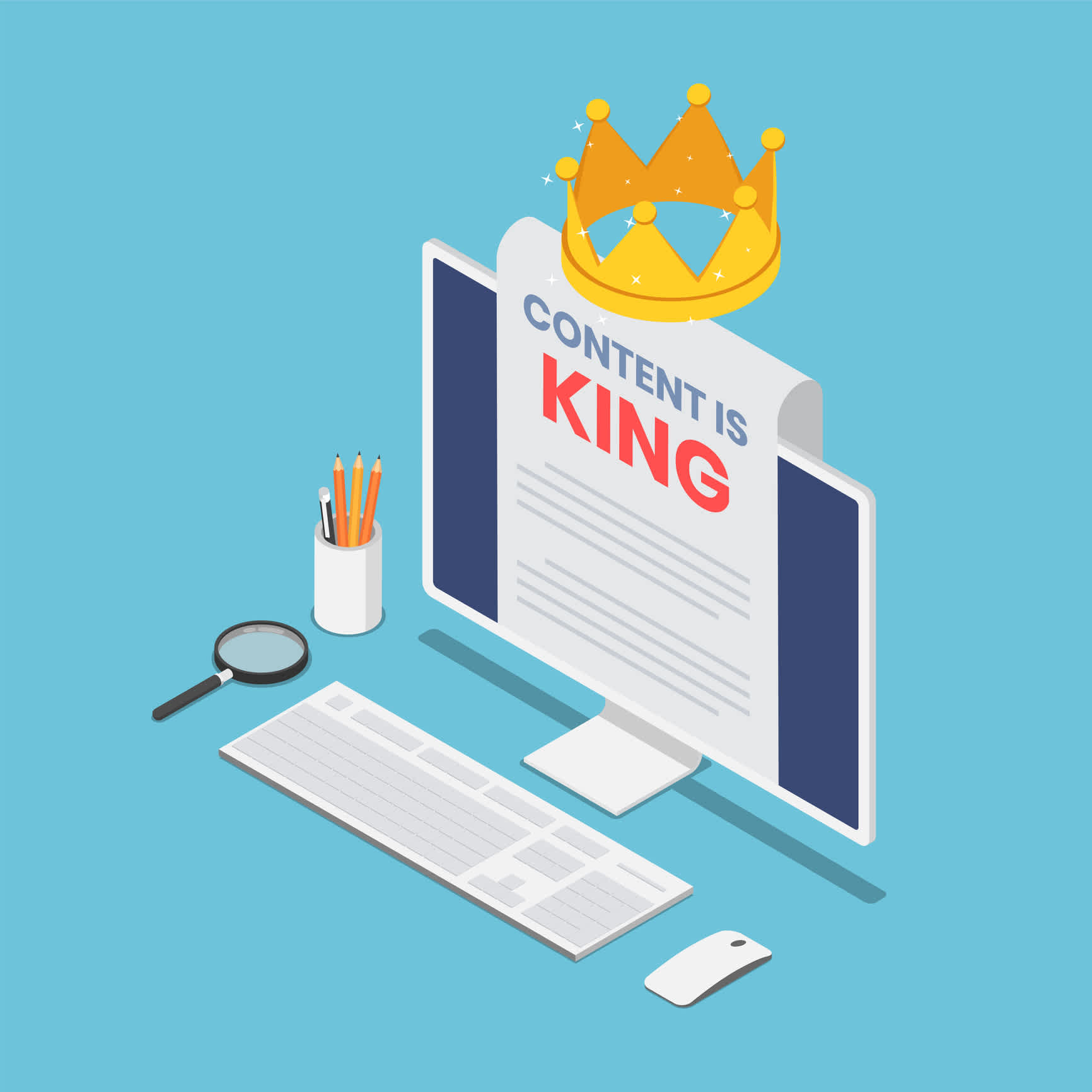//
Dec 14, 2023
What are the Best Marketing Tools for Small Business?
Is your small business struggling to keep up with marketing tools that yield actual results?
Let's face it—the marketing game is changing fast.
To stay ahead, embrace new marketing tools tailored for small businesses. These tools not only deliver effective results but also keep you updated with the latest trends.
Of course, knowing what will work for YOUR small business isn’t always straightforward.
Consider this article your crash course in digital marketing, and hopefully, you'll walk away with a few more tools to add to your toolbox.
Marketing Tool #1: Search Marketing
“SEO,” “SEM,” “PPC,” and “CPC”—all these acronyms can be dizzying and costly if you don’t know what they are and how they work.

But when you leverage these tools correctly, they play pivotal roles in online visibility.
Consider these compelling statistics compiled by HubSpot*:
- Over half of consumers (65%) conduct online research before purchasing.
- Approximately 45% of small businesses have a paid search strategy in place.
- Among those small businesses, 55% utilize display ads to enhance their online presence.
- Combining PPC and organic SEO increases your online visibility. This strategy is utilized by 65% of small to medium-sized businesses with PPC campaigns.
- Ads, including PPC and display ads, have the potential to boost brand awareness by a significant 80%.
- In 2022, nearly everyone (97%) searched the internet for local businesses. This highlights the significance of having an online presence to reach your target customers.
*Source:
Marketing Tool #2: Content Marketing

Ever heard the saying, 'Content is King'?
82% of marketers invest in content marketing, and 71% say it's become more important to their organization.
To succeed, small businesses must embrace content marketing.
Blogging
Blogs are important for small businesses as they help establish expertise, engage with audiences, and .
By consistently producing informative and relevant content, businesses can enhance their online visibility and cultivate a loyal customer base, ultimately driving brand awareness and customer loyalty.
Did you know…
- After reading a blog post, 56%** of consumers have purchased from a brand.
- 78%** of business-to-business (B2B) marketers used blogs to distribute content in the last 12 months.
**Source:
Social Media Marketing
Utilize social media platforms that connect with your target audience to boost brand visibility without breaking the bank.
for your audience and measure your success using metrics like reach, traffic, leads, likes, followers, and conversion rates.
Make it easier using an tool that supports omnichannel engagement.
Video Marketing
Video marketing holds unparalleled significance for brand awareness as it caters to an audience increasingly reliant on visuals for purchasing and brand loyalty decisions.
Across diverse generations and demographics, video content's captivating nature is a powerful tool, fostering deeper connections and engagement with brands in an ever-evolving digital landscape.
Marketing Tool #3: Using all the tools in your toolbox!
Full Inbound Marketing with Omnichannel Integration

In the vast world of , bringing together various channels—like blogs, social media, content creation, emails, and even —is what we call .
Imagine your business as a flywheel, with each marketing channel—blogs, social media, emails, and traditional methods—serving as a tool in the construction process. Now, envision omnichannel marketing as the cohesive force that assembles these tools, building a powerful flywheel for your business. Without this coordination, the tools may not work together seamlessly.
As you integrate these marketing tools, they work harmoniously to enhance your brand awareness, reach, and return on investment (ROI). The more synchronized your efforts, the more robust and effective your business flywheel becomes.
Boost visibility, create engagement, increase leads and make more money with Inbound Marketing
Follow our free, easy-to-follow video series designed to show how to attract and convert more leads— and make more money with these tactics.
The Takeaway: Boost Your Small Business with Smart Marketing
Whether adopting new strategies or adding useful tools to your marketing kit, the key is to adapt to the dynamic marketing scene. Take these insights, gear up, and elevate your small business in the digital world.
Ready to upgrade your marketing toolbox?
Whether you're looking to add new tools or organize the existing ones, we're the experts in crafting data-driven and tailored marketing strategies for small businesses.







